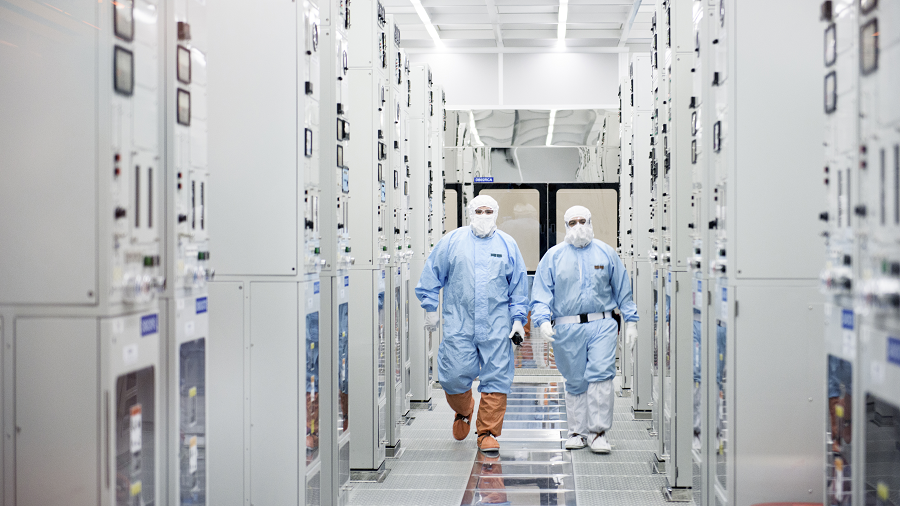 INFRA
INFRA
 INFRA
INFRA
 INFRA
INFRA
NXP Semiconductors NV and VIS Corp. today announced plans to build a new chip plant, or fab, in Singapore at a cost of $7.8 billion.
The facility is expected to come online in 2027. Once operational, it will be capable of producing more than 50,000 silicon wafers’ worth of chips per month.
Netherlands-based NXP is a major semiconductor supplier to the auto sector. The company’s chips, which it makes using a network of in-house fabs, can be found in infotainment systems, motors and a wide range of other vehicle components. NXP also makes processors for other markets including the data center networking segment.
VIS is a Taiwan-based chip foundry. It operates five semiconductor plants with a combined capacity of about 279,000 wafers per month. Each wafer can be turned into upwards of hundreds of chips in some cases.
NXP and VIS will set up a joint venture, VSMC Pte Ltd., to build the new fab. The facility is set to make chips from 300-nanometer wafers, the most advanced type of wafer used in the semiconductor industry. The fab’s production lines will use manufacturing processes in the 130-nanometer to 40-nanometer range.
The plant’s processes will be several generations behind the three-nanometer node used to make the industry’s fastest processors. However, cutting-edge nodes often aren’t necessary for the type of semiconductors that NXP and VIS plan to manufacture. The companies detailed that their new fab will focus mainly on making analog and mixed-signal chips.
Analog chips are typically not used to carry out computing tasks such as running applications. Rather, they perform auxiliary functions such as filtering interference from the wireless signals picked up by a handset’s Wi-Fi module. Analog chips are also used for a variety of other tasks ranging from managing device sensors to network reliability monitoring.
Another important use case for the technology is power management. Analog power management chips help regulate the flow of electricity in not only computers but also other systems such as electric cars. According to NXP and VIS, making such chips will be a major focus for their new fab.
The plant will also produce mixed-signal processors, semiconductors that combine analog circuits with transistors capable of carrying out computations. Such chips are used for tasks such as turning measurements from a smartphone’s sensors into a digital form that its processor can understand.
VIS plans to spend $2.4 billion on the fab and will receive a 60% stake in VSMC, the joint venture tasked with building the plant. NXP, in turn, will provide $1.6 billion in exchange for the remaining 40% stake. The companies will also invest an additional $1.9 billion each to support “long-term capacity infrastructure.”
The remaining portion of the project’s $7.8 billion construction cost is set to be financed with loans from third parties. Separately, the joint venture will license the “underlying process technologies” it will use for chip production from Taiwan Semiconductor Manufacturing Co. Ltd. TSMC has a 28% stake in VIS.
Construction of the fab is set to begin later this year. The facility is expected to start making chips in 2027 and will have capacity to make 55,000 wafers’ worth of semiconductors per month by 2029. NXP and VIS expect to sell those chips to companies in the auto, industrial, consumer hardware and mobile device segments.
Support our mission to keep content open and free by engaging with theCUBE community. Join theCUBE’s Alumni Trust Network, where technology leaders connect, share intelligence and create opportunities.
Founded by tech visionaries John Furrier and Dave Vellante, SiliconANGLE Media has built a dynamic ecosystem of industry-leading digital media brands that reach 15+ million elite tech professionals. Our new proprietary theCUBE AI Video Cloud is breaking ground in audience interaction, leveraging theCUBEai.com neural network to help technology companies make data-driven decisions and stay at the forefront of industry conversations.